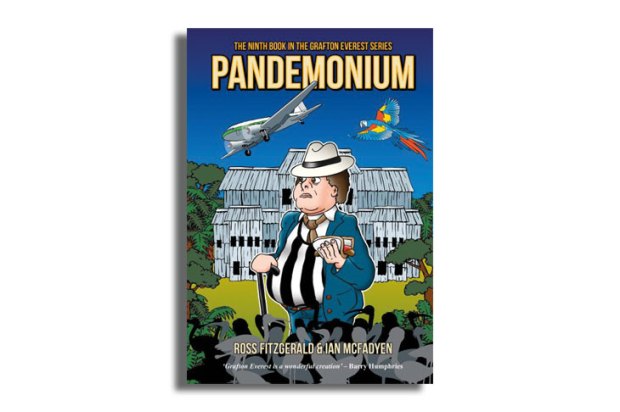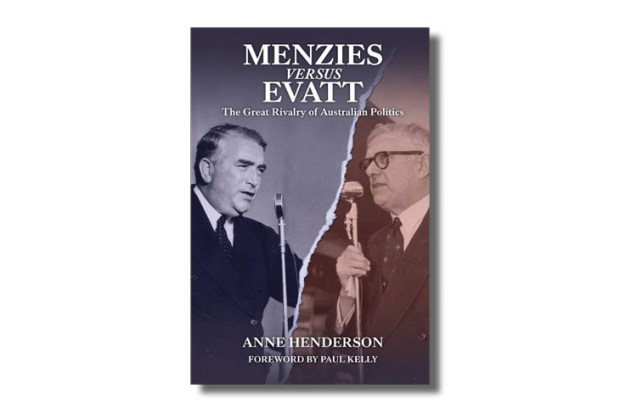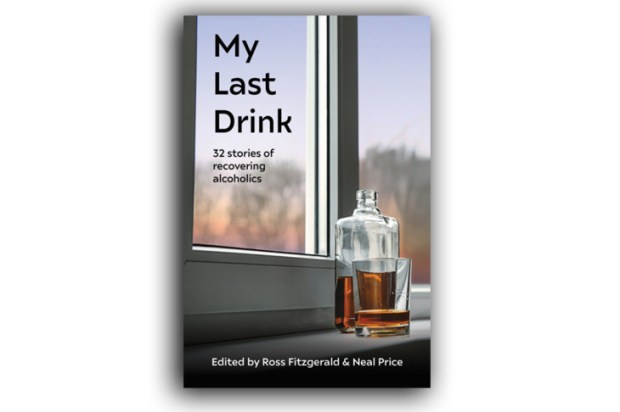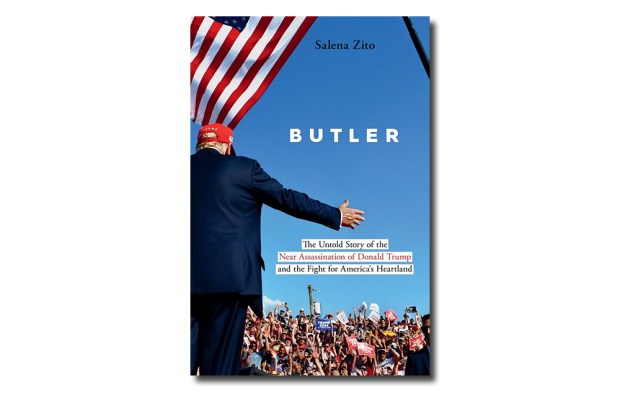Integration into a wider society works. That is why Australia is one of the most successful countries on the planet. This nation, like no other, has managed to draw together peoples from all four corners of the globe, but united by a common set of values: namely, tolerance, respect, equality before the law.
The view perpetuated by the Aboriginal activist industry is that Aborigines have not integrated into Australian society because of ingrained racism. However, as Gary Johns, former Keating government minister and contributor to these pages, writes in his latest book, The Burden of Culture, nothing could be further from the truth.
Johns argues eloquently that the demands for reconciliation, self-determination and acknowledgment of culture – concepts defined and promoted by an urban elite of educated Aboriginal activists – hide the bigger truth that 80 per cent of people of Aboriginal descent today are already integrated into wider Australian society and are doing well, if belatedly. In the twelve chapters of his book, Johns rigorously dismantles every assertion upon which these concepts are based and lifts the lid on the strategies the Aboriginal industry uses to maintain control, at the same time demonstrating how the industry fails to address the needs of the 20 per cent of their population who still live in despair. As he lays out in the introduction: ‘the policies designed by their leaders to save them are killing them. The industry is intent on gathering power, not saving lives… The intention is to stain every corner of the nation with the rhetoric of difference, even as Aborigines become less different’.
On the subject of colonisation, Johns sets out how the idea that the British in 1788 were invaders who trashed a mythical Aboriginal Eden where nothing ever went wrong is just pure fantasy. He discusses how Governor Philip and his successors enacted laws to punish severely those settlers who attacked Aborigines. Critically, though, he states that the world was always going to knock on Australia’s door. The fascination with a ‘great south land’ only grew after the Dutch set up trading posts in Java. In any event, of all the European colonial powers, being settled by the British was the best outcome, and colonisation is simply not to blame for violence in Aboriginal communities, since fighting among Aboriginal tribes – not ‘nations’ – was commonplace, as observed by several anthropologists, thus smashing the idea that ‘welcomes to country’ are peaceful.
The fact is that once European settlement occurred, Aborigines did not stand a chance of remaining Aboriginal. There were few massacres. Much of the population was ravaged by diseases, some brought by the early settlers, others not. Average Aboriginal life expectancy ranged from 21 to 37 years.
Further, Johns explores the esteem now granted Aboriginal culture, which only serves to condemn many Aborigines to its dictates. However, most Aborigines who so identify do not speak indigenous languages, or practise recreated culture or live in remote settlements on traditional lands. Hence the need to confect a new identity. The confection of this new identity has the most disastrous consequences on the most vulnerable, for instance placing Aboriginal children with carers based on skin colour and not love.
It is this romantic notion of the ‘ideal Aborigine’ that Johns focuses much attention on, exposing it as not just a fiction, but primarily responsible for keeping 20 per cent of Aboriginal people in poverty. The idea that ‘staying on country’ and ‘reviving Aboriginal culture’ is inconsistent with independence since it relies almost entirely on government handouts. The 80 per cent who have escaped this pretence have thrived and graduated to a better life, and have achieved this distinction without the recognition, voice or treaty that industry leaders demand. As Johns points out, the best voice for Aboriginal people is to learn English – it has worked for Noel Pearson and every other spokesperson.
What is more, Johns discusses another significant indicator of integration: intermarriage. Across Australia, almost 60 per cent of partnerships involving an Aborigine are with a non-Aborigine. There is no greater measure of reconciliation between two races than that people choose to share their lives.
Tellingly, it is not just for the Aboriginal industry that Johns reserves his criticism. He points out that conservatives fail in their duty because they are often afraid to knock out a claim for fear of giving offence, or because they fail to mount an argument for an alternative route.
Johns concludes his excellent tome with an exit strategy for the minority of Aborigines who have not adjusted to life in a liberal modern society. The key here is to end the obsession with identity, since that is what is causing the most harm. This captive minority needs to reach out to the rest of Australia, but the politics of their leaders keeps them locked where they are.
To exit, one step the author proposes is to ‘stop ticking the box’. Do not fill out any form that asks, ‘Are you Aboriginal?’ Whether the census or a hospital surgery, or a government benefit, do not identify. Why play the game? It is an insult that anyone should be asked for their background. Johns quotes Mary Ellen Jordan, who after a year running an Aboriginal art centre in Arnhem Land, declared, ‘I wondered whether, if we abandoned the idea that Aboriginal people should simply be “Aboriginal”, we might be able to work together.’ Also instructive are Johns’ proposals for schools to start teaching facts, not fiction, as well as the idea to commemorate 27 May, the anniversary of the referendum that Aboriginal people would be treated as equals. The list of every other commemoration we presently have is anything but a marker of equality.
As Johns writes, Australian Aborigines are among the most measured, consulted and paid-to-be people in the world. Yet, this very attention ensures that a vulnerable minority do not have control over their own destiny and are likely to be beaten or in jail. The Burden of Culture shows a path out for those suffering at the hands of the Aboriginal industry’s dictates and ideology.
Got something to add? Join the discussion and comment below.
You might disagree with half of it, but you’ll enjoy reading all of it. Try your first month for free, then just $2 a week for the remainder of your first year.













